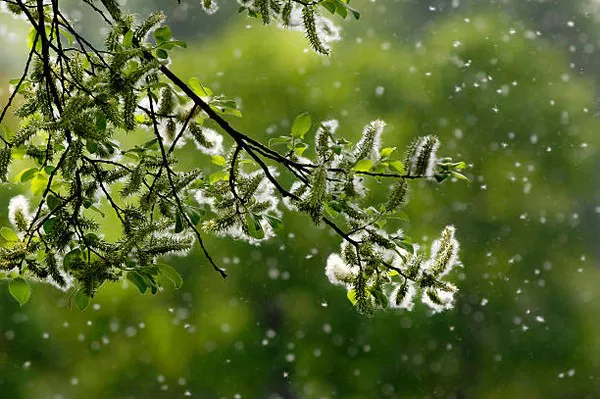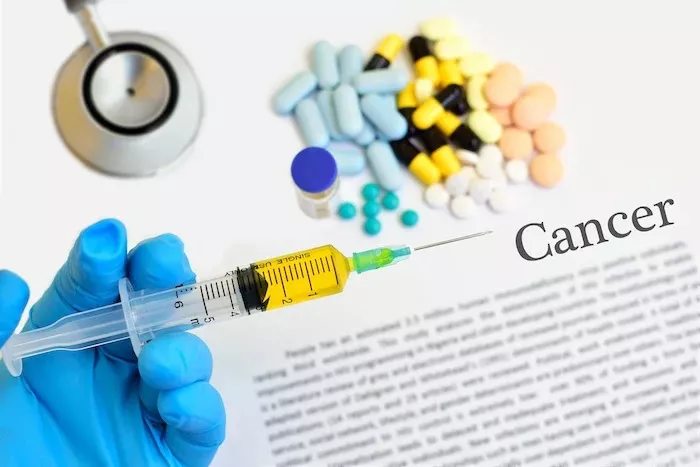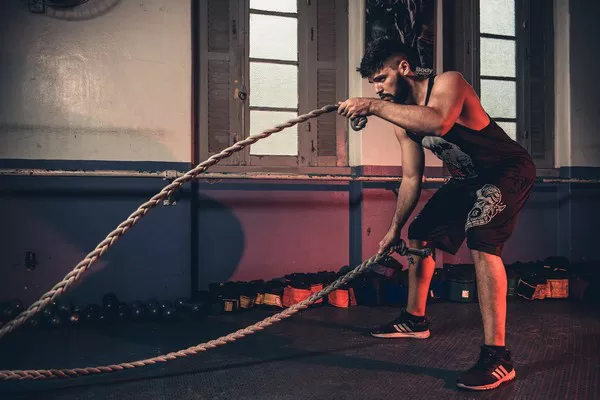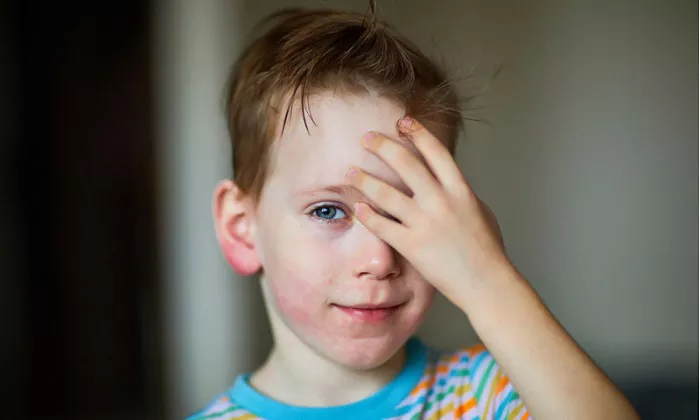Acne, one of the most common skin conditions, affects millions of people worldwide. Whether it’s a single pimple or an ongoing battle with breakouts, nearly everyone has dealt with this issue at some point in their lives. One behavior that many people are guilty of when faced with a pimple is squeezing it. While this may seem like a natural instinct to remove the blemish, it can have unintended consequences that might make the problem worse. This article explores why people squeeze pimples, the risks involved, and healthier ways to manage acne.
Squeezing pimples is something that seems almost automatic for many individuals. The urge to rid yourself of a pimple quickly can feel overpowering, especially when the blemish is prominent on your face or other visible areas. However, what often starts as a quick attempt to clear the skin can end up causing more damage, including scarring, infection, and prolonged acne. Despite these risks, many individuals continue to squeeze pimples for various reasons.
Understanding why people feel the urge to squeeze pimples can help individuals break the habit and adopt healthier skincare routines. It’s essential to recognize the underlying psychological and physical factors that influence this behavior. By doing so, you can make informed decisions about how to address acne in a way that minimizes harm and promotes healthier skin.
The Urge to Squeeze Pimples: Psychological Factors
The desire to squeeze pimples often stems from a combination of psychological triggers and ingrained habits. For many, squeezing a pimple offers a sense of control over their skin and the visible imperfection. Below are some of the key psychological reasons people feel compelled to pop their pimples.
Instant Gratification and Relief
One of the primary reasons people squeeze pimples is the promise of immediate relief. When a pimple appears, it can be frustrating, and the urge to eliminate it as soon as possible feels like a quick fix. Squeezing offers immediate satisfaction, as people often feel a sense of accomplishment when the blemish appears to disappear. The act of popping a pimple also provides a feeling of control over an issue that might otherwise seem uncontrollable. It may seem like an instant way to remove the blemish, which offers a sense of instant gratification.
The Need for Perfection
Many people struggle with the desire for flawless skin. Pimples are a visible reminder that the skin isn’t perfect, which can lead to feelings of self-consciousness. This desire for perfection can push individuals to squeeze pimples in an attempt to quickly correct the perceived flaw. However, this desire for flawless skin often leads to a cycle of repeated squeezing, which worsens the situation rather than improving it.
Peer Influence and Social Media Pressure
In today’s world, social media plays a significant role in shaping beauty standards. Platforms like Instagram and TikTok often feature influencers with seemingly perfect skin, which can make individuals feel pressured to attain similar results. This pressure can lead to a heightened awareness of blemishes and an increased urge to fix them quickly. The prevalence of beauty standards in popular culture has led to a rise in acne-related insecurities and the desire to hide or eliminate pimples as quickly as possible.
Habit and Compulsion
For some individuals, squeezing pimples becomes a habitual or even compulsive action. This is particularly true for those who struggle with skin-picking disorders, such as dermatillomania. Dermatillomania is a type of obsessive-compulsive disorder (OCD) characterized by the uncontrollable urge to pick at one’s skin, including pimples. This condition can make it difficult for individuals to stop squeezing pimples, even when they are aware of the potential negative consequences.
The Risks of Squeezing Pimples
While the urge to squeeze pimples is understandable, it’s important to recognize that doing so can cause significant harm to your skin. Squeezing pimples often results in more than just temporary irritation; it can lead to a range of skin problems that may take weeks or even months to heal. Below are some of the most common risks associated with squeezing pimples.
Increased Inflammation
When you squeeze a pimple, you are essentially forcing the contents of the pimple deeper into the skin. This can lead to an increase in inflammation, making the pimple more red and swollen. The pressure from squeezing can damage surrounding skin tissue, which can exacerbate the problem. This inflammation can trigger further breakouts in the area, leading to a cycle of persistent acne.
Scarring
One of the most significant risks of squeezing pimples is scarring. When you pop a pimple, the skin is often punctured, and the tissue is damaged. This can result in scars, which may be permanent. Scarring can vary in severity, with some individuals developing shallow scars and others experiencing deeper, more noticeable scars. These scars can remain on the skin long after the pimple has healed, leading to lasting reminders of acne.
Infection
Squeezing pimples can introduce bacteria from your hands or the surrounding skin into the open wound, which increases the risk of infection. When a pimple is popped, it creates an opening in the skin that can allow bacteria to enter. This can lead to the formation of an infected pimple or cyst, which is often more difficult to treat than the original blemish. Infected pimples may appear larger, more painful, and can take much longer to heal.
Spreading Acne
Another risk of squeezing pimples is the potential to spread acne. When you squeeze a pimple, the contents inside—whether it’s pus, oil, or debris—can spread to nearby pores. This can cause new pimples to form in the surrounding area, leading to more breakouts. Additionally, squeezing pimples can push debris and bacteria deeper into the skin, making the acne worse rather than improving it.
How to Manage Pimples Without Squeezing
Now that we’ve explored the psychological factors behind squeezing pimples and the risks involved, it’s important to discuss healthier alternatives for managing acne. There are several ways to treat pimples without resorting to squeezing, and many of these methods are more effective in the long run.
Use Acne Treatments
There are many over-the-counter (OTC) acne treatments available that can help reduce pimples and prevent new ones from forming. Ingredients like benzoyl peroxide, salicylic acid, and tea tree oil are known to be effective in treating acne. These treatments help to reduce the bacteria on the skin, clear out clogged pores, and reduce inflammation. It’s essential to apply these treatments consistently to see the best results.
Apply Cold Compresses
If you feel the urge to pop a pimple due to swelling and redness, try applying a cold compress instead. A cold compress can help reduce inflammation and soothe the area. Simply apply a clean, cold cloth to the pimple for a few minutes to calm the swelling and make it less noticeable. This can help reduce the temptation to squeeze the pimple while providing some relief.
Leave It Alone
Sometimes, the best course of action is to leave the pimple alone and allow it to heal on its own. Many pimples will heal naturally over time without any intervention. Picking or squeezing can delay this process and make the acne worse. If a pimple is particularly bothersome, applying an acne treatment or spot treatment can help speed up the healing process.
Seek Professional Help
If your acne is persistent and you find it difficult to stop squeezing pimples, it may be a good idea to consult a dermatologist. A dermatologist can recommend more effective treatments, such as prescription medications or professional procedures like chemical peels or extractions. They can also help address any underlying skin conditions or emotional factors that may contribute to your acne and skin-picking habits.
Conclusion
Squeezing pimples may feel like a quick and easy solution, but it can lead to a host of negative consequences, including increased inflammation, scarring, infection, and spreading of acne. The psychological factors behind the urge to squeeze pimples often stem from a desire for instant gratification or perfection. However, it is important to recognize the risks involved and adopt healthier ways to manage acne. Using acne treatments, applying cold compresses, and leaving pimples alone are all better alternatives to squeezing. If acne persists or becomes a compulsive behavior, seeking professional help from a dermatologist is a wise step toward healthier skin and improved mental well-being.
Related Topics






























